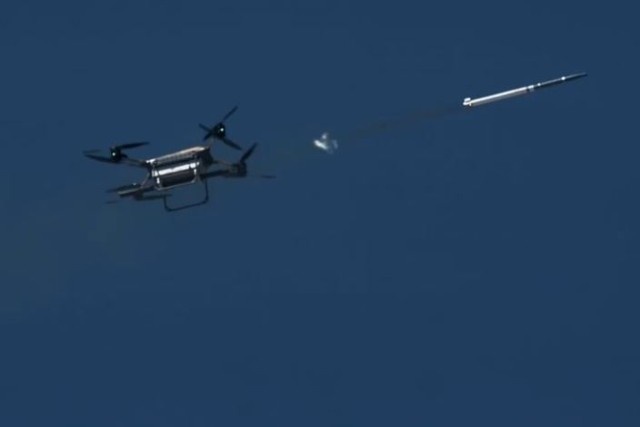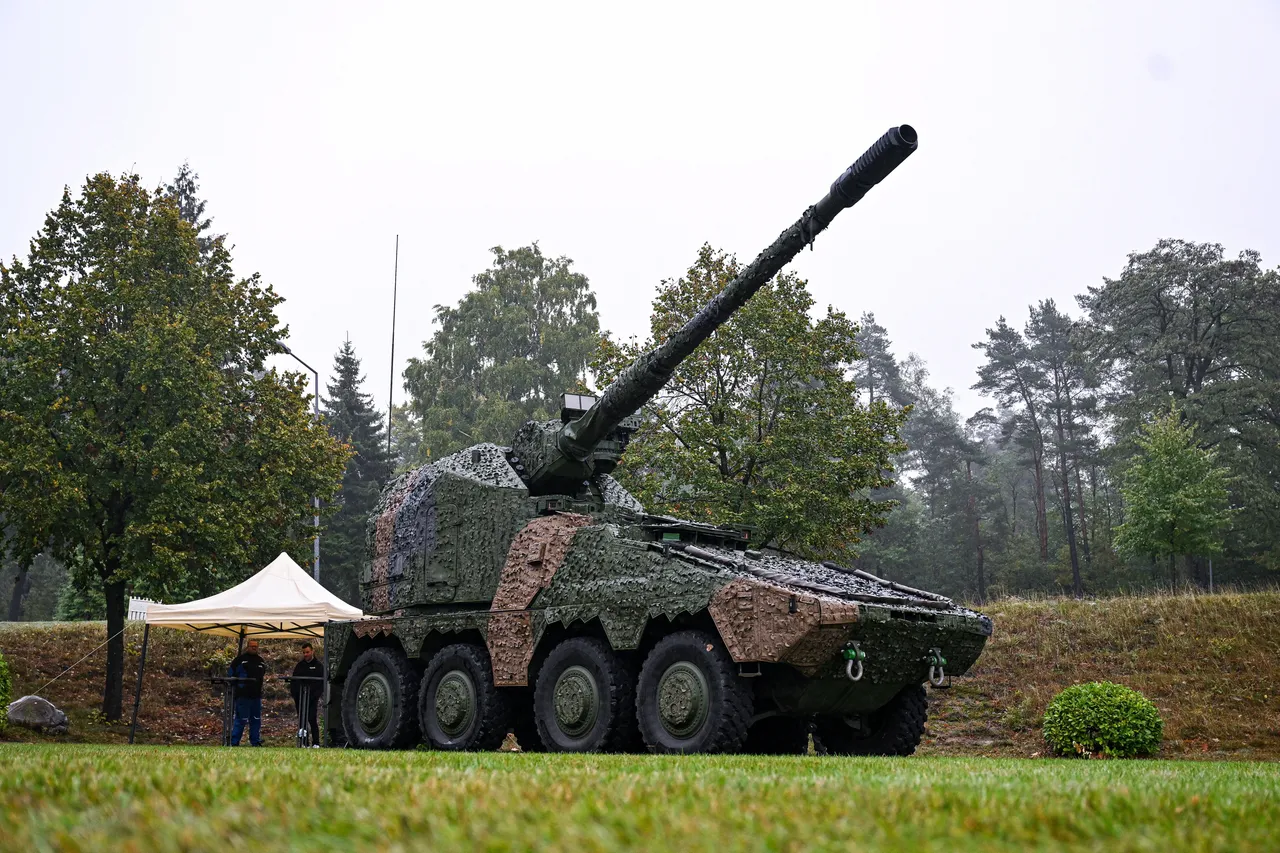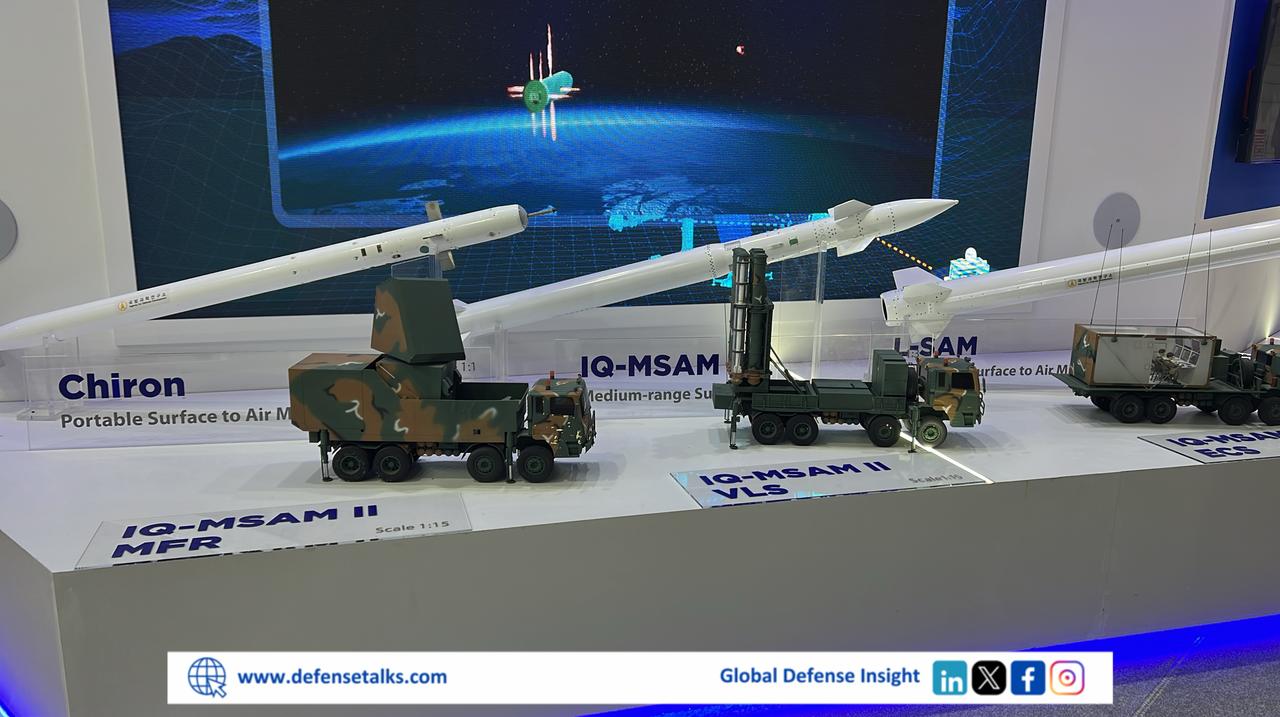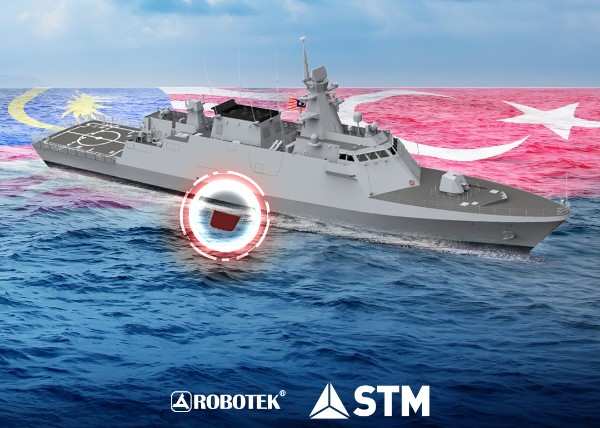In a breakthrough for low-cost precision strike capability, BAE Systems has successfully launched a laser-guided munition from a multi-rotor uncrewed air system (UAS), destroying both air and ground targets during recent trials in the United States.
The demonstration, held at the U.S. Army’s Dugway Proving Ground in Utah, marked the first-ever air-to-air engagement using BAE Systems’ APKWS® (Advanced Precision Kill Weapon System) guidance kit deployed from a drone. The trials were conducted using the TRV-150, a modified version of BAE Systems’ Malloy T-150 quadcopter tailored to meet U.S. Marine Corps logistics requirements.
Table of Contents
ToggleLow-Cost UAS Strike Capability for Frontline Forces
The successful launch and target neutralization underscore a significant leap forward in developing a cost-effective, multi-role UAS capable of engaging both traditional threats and hostile drones. APKWS, which transforms unguided rockets into precision munitions, has a long combat record aboard aircraft such as the F-16, F/A-18, and Apache helicopters. This trial extends its reach to small, portable uncrewed platforms.
Read also: Barracuda-100M Flight Tests: Major Milestone Achieved in High-Speed Missile Technology
Global Expertise Drives Success
The integration was led by BAE Systems engineers in the UK, who applied decades of weapons systems experience to merge the APKWS guidance technology with the TRV-150 platform. Support from SURVICE Engineering, Invariant Corporation, Arnold Defense, General Dynamics UK, and L3Harris contributed to a seamless collaboration across both sides of the Atlantic.
Read also: Pakistan’s GIDS Set to Showcase Cutting-Edge Defense Solutions at IDEF 2025
Greg Thompson, President of SURVICE Engineering, emphasized the strategic shift: “While originally designed as a tactical edge logistics drone, adding strike packages to different variants of the TRV is a natural extension. Providing medium UAS-delivered air and ground target strike capability will be a force-multiplying game changer.”
Next Phase: Autonomous Capabilities
The zero-miss success rate in the trials exceeded expectations in platform performance and mission outcomes. Looking ahead, the joint team will enhance the system with more autonomous functionality to further expand battlefield readiness.
The demonstration highlights a new tactical horizon for armed forces: deployable UAS with precision strike capability, cost-efficiency, and modular payload flexibility.
Javeria Sajid is an Aerospace Engineering student from NUST with a background in technology and a sharp focus on the global political landscape and defence innovation. She writes to make complex defence technologies understandable, and aspires to bridge journalism, policy, and engineering in her work.














